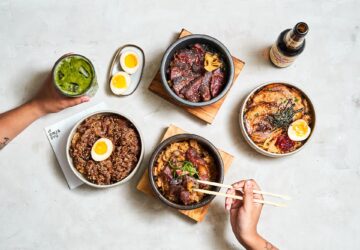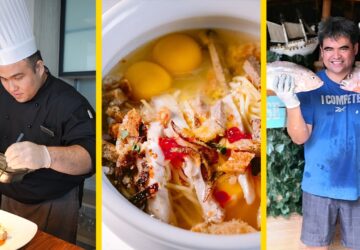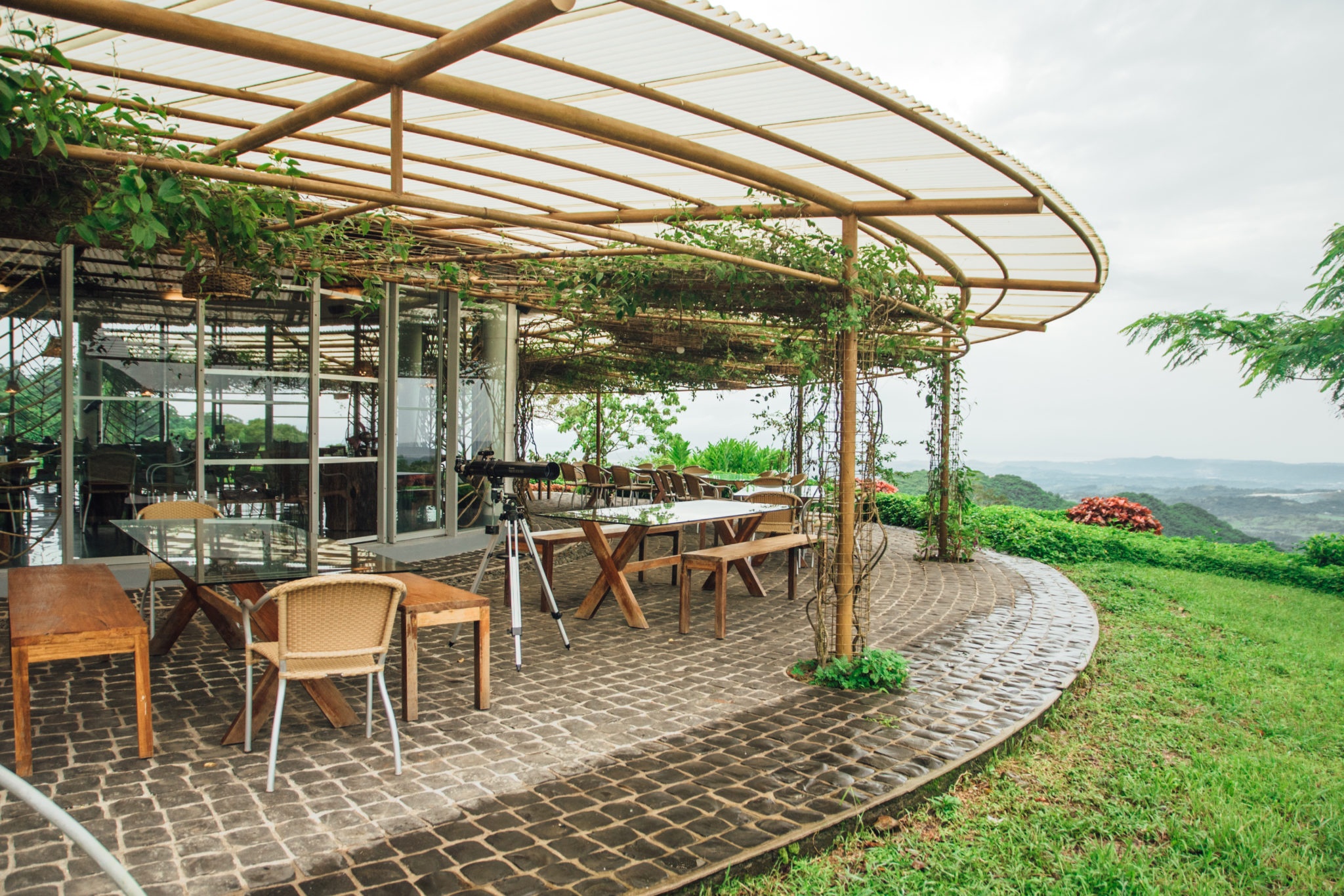You’d need to go through dizzying slippery roads to make it to Masungi Georeserve, a conservation area and a rustic rock garden hidden among the rainforests of Baras, Rizal. Although it’s become popular for its challenging treks and trails, Masungi also possesses a gem that appeals to the bon vivant set.
Silayan is a seasonal restaurant (now wedding venue) that aims to help local farmers and producers around the geopark. They use local ingredients inspired by the landscape from partner communities around Masungi.
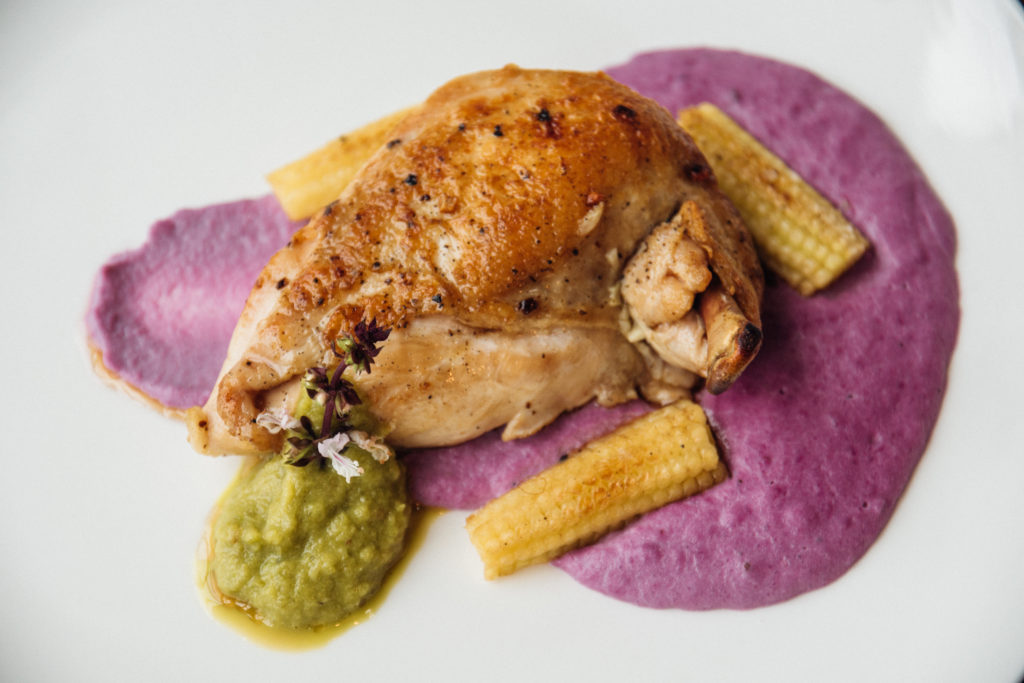
They take pride in a menu that is subject to change and dependent on produce gathered within the area on a particular day.
Guests would often express their desire to return to Masungi solely for the restaurant; senior citizens unable to experience the trail would also want to dine in, according to Billie Dumaliang, advocacy officer of Masungi Georeserve. Dining in the restaurant is optional.
Most of the guests are families or corporate groups. They also accommodate group reservations for big parties and other events. Many guests are vegan and vegetarian also. “Meron pa minsan, naka-helicopter papunta kapag kakain dito,” says Dumaliang.
The overall ambiance of the place is pure relaxation. You get a 360-degree view of the Sierra Madre mountain range, Laguna de Bay, and the Metro Manila skyline. You feel the cool breeze as you go around admiring the rustic elements and the warm lighting in the restaurant. There’s a lot of wood accents, too, and if you’re lucky, you just might spot wild animals snooping around at a safe distance.
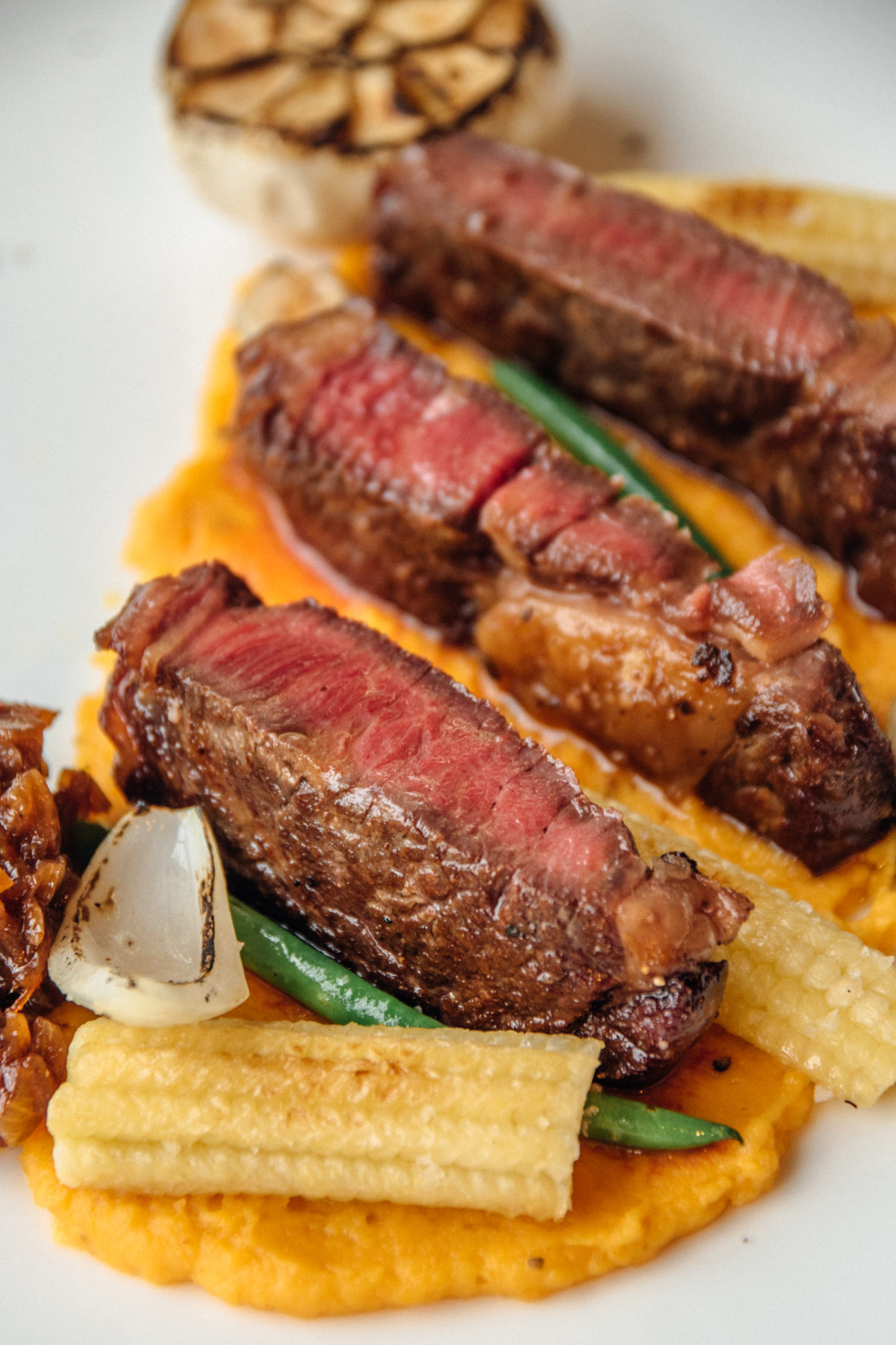
But food remains the star of the show. Everything aside from the mains are subject to change. The fish, poultry, and pork are sourced near the geopark, gathered by Masungi’s rangers and the communities within the area. If there are new varieties discovered, everything is handed to the chef for experimentation.
Silayan’s menu is creatively crafted by head chef Ezekiel Macadangdang, who started working for the restaurant in 2017. His team comprises of one apprentice chef, a cook, and a server. A seasonal restaurant can be a challenging field for this small group yet they attend to every guest efficiently even in their busiest days.
“It’s definitely a challenge. Every day hindi ko alam ‘yung produce na pwedeng dumating. What if kulang kami sa ingredients? How do we make a dish aligned with the flavor profiles and advocacies of the restaurant? Another is when guests don’t inform us of their preferences in advance so we can assess the ingredients.”
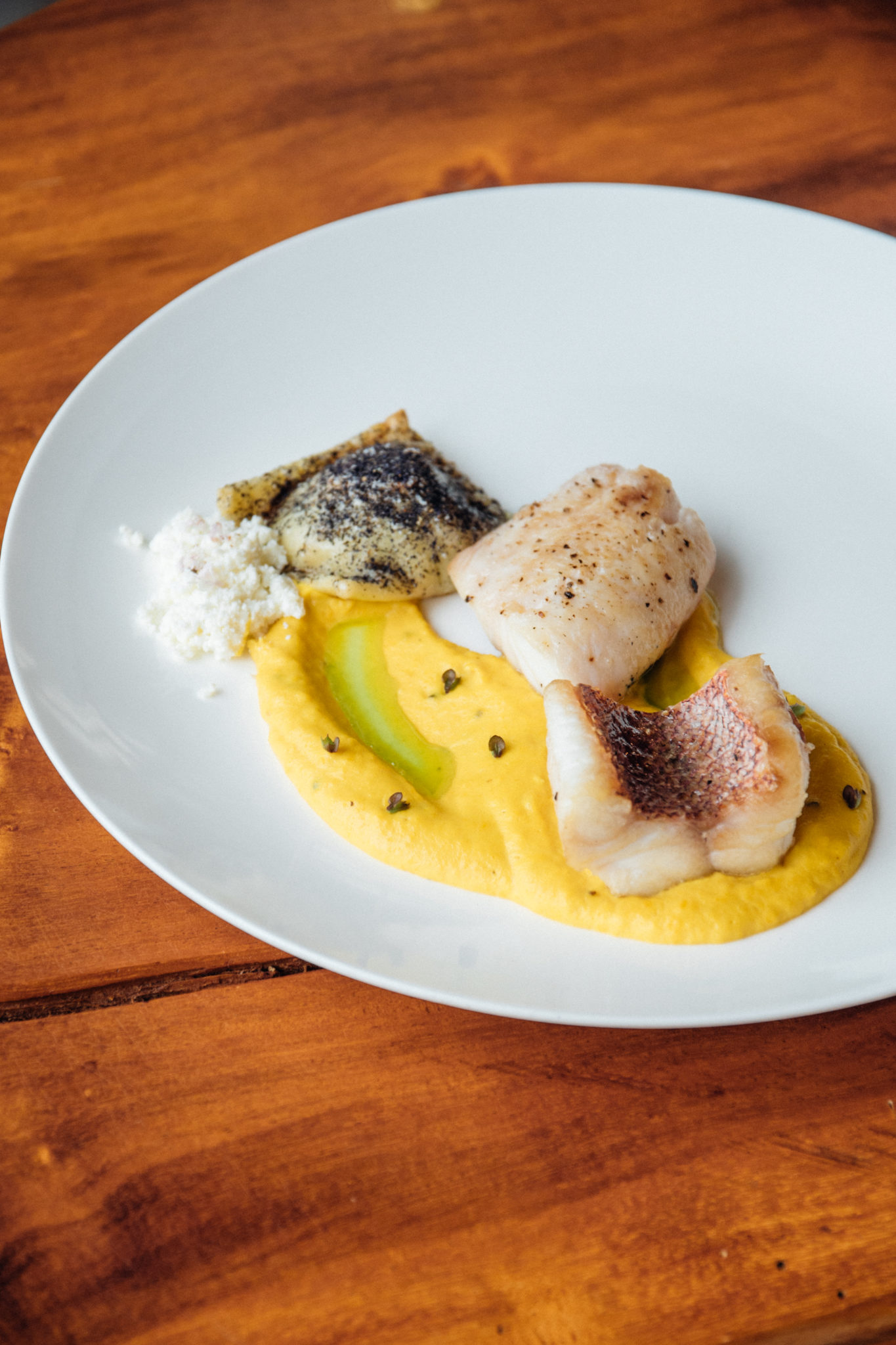
Macadangdang is constantly at work coming up with unique dishes that you can only taste at Silayan. “Habang bumababa kami papunta sa commissary, nag-iisip na ako ng pwedeng inspiration. And most of the time, tinutulungan naman ako ni Billie,” he says. “It’s such a wonder to experience and envision every ingredient, recipe, spice, and measurements for each dish I make in the restaurant.”
“Imagine if you book through a third party agency na walang pakialam sa environment and would sell the area as ‘fun’ and ‘adventure.’ But it’s important to note that, first and foremost, we’re a conservation area; that’s our ground. We choose our own partners,” says Billie Dumaliang.
As part of Masungi Georeserve and Silayan’s principles, waste management is taken seriously. Dumaliang recounts instances when various companies would be desperate to partner with them. “Some of them would sell the experience for a higher price. We’re very careful with our partners. Imagine if you book through a third party agency na walang pakialam sa environment and would sell the area as “fun” and “adventure” lang. But it’s important to note that, first and foremost, we’re a conservation area; that’s our ground. We choose our own partners anyway,” says Dumaliang.
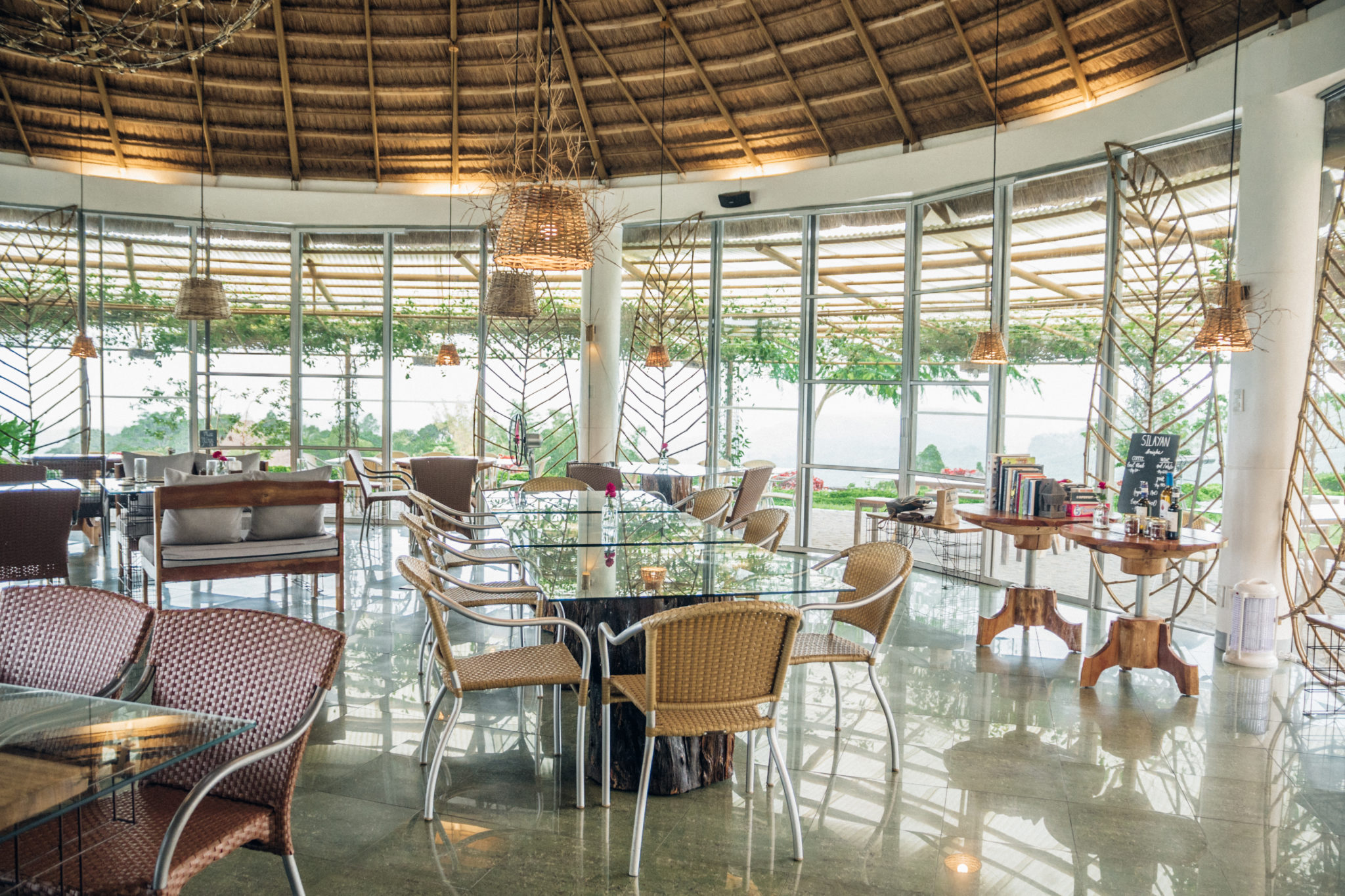
Many restaurants stick to a recipe that has been tried and tested with their customers, but Silayan’s seasonal menu system is a good way to remain relevant to guests and staff despite the ever-changing landscape of the restaurant industry. Seasonal produce is almost always grown locally and served immediately in food establishments without the flavor, texture, and nutritional value being reduced. At the same time, the restaurant helps in developing small time producers flourish and promote homegrown food.
Originally published in F&B Report Vol. 15 No. 6


